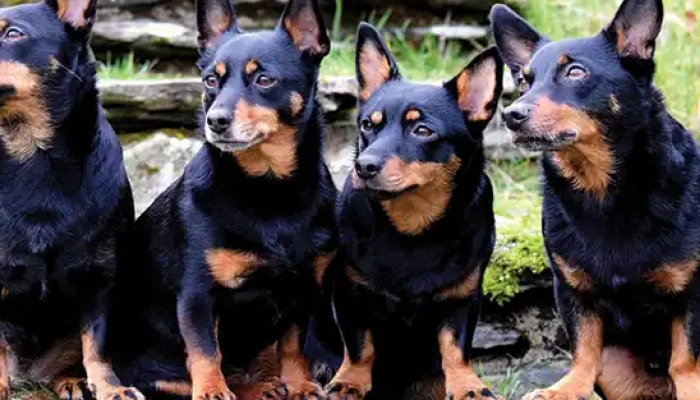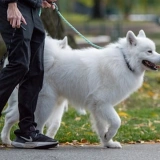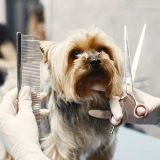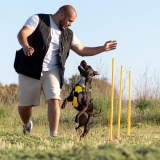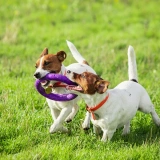Lancashire Heelers are bright, trainable, and full of character. They form strong bonds with their families and often have a clownish, mischievous streak. Despite their herding background, they adapt well to home life and can thrive in both rural and suburban environments.
This breed is wary of strangers and has a natural watchdog instinct, often barking to alert. Early socialization is important to ensure a friendly, balanced temperament.
Thanks to their compact size and high intelligence, they do very well in dog sports like obedience, agility, and rally.

